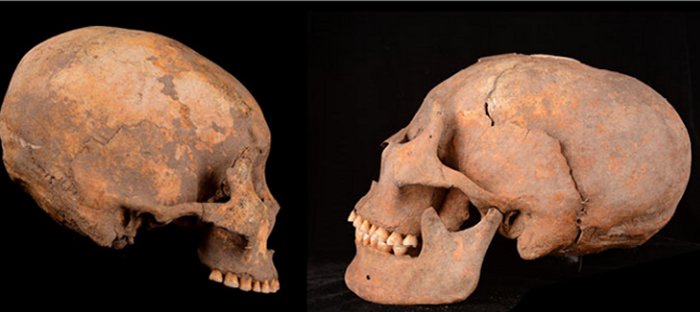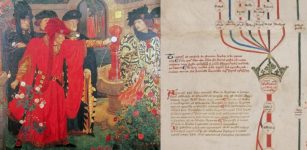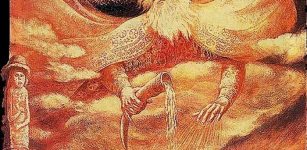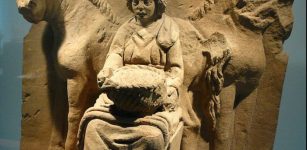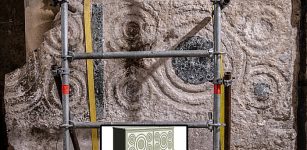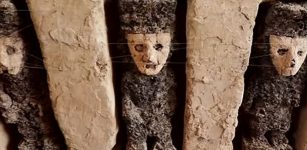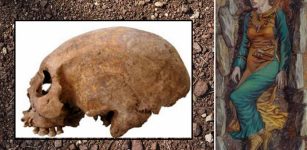Elongated Skulls: Did Intentional And Intriguing Ancient Tradition Originate In China?
Conny Waters - AncientPages.com - A new study reports that ancient people in east Asia, were reshaping their skulls as early as 12,000 years ago. The so-called elongated skulls (having artificially elongated brain cases and flattened bones) was a prehistoric tradition in several places around the world.
However, researchers say that “it is too early to tell whether intentional cranial modification first emerged in East Asia (based on the latest findings) and spread elsewhere or originated independently in different places.
 Ancient tombs in China have revealed what may be some of the oldest known human skulls to be intentionally reshaped. Image Credit: Science News
Ancient tombs in China have revealed what may be some of the oldest known human skulls to be intentionally reshaped. Image Credit: Science News
Excavations of ancient tombs in China revealed probably the oldest known human skulls that were intentionally modified. At the Neolithic Houtaomuga site located in Northeastern China , scientists unearthed 25 skeletons dating to between around 12,000 years ago and 5,000 years ago. Numerous grave goods found in the burials of the men, women, and children suggest these people may have been high-status individuals.
Ancient tradition of elongated skulls is intriguing. It has been found in recent and contemporary human populations throughout the Old and New Worlds, but due to the lack of early materials necessary for scientific examination, the tradition cannot be properly explained.
"Twenty‐five skeletons unearthed from the Neolithic cultural Phases 1–4 in the Houtaomuga site were visually screened for ICM features. Cranial measurements were conducted to quantify the degree of variation in the modified skulls and typical ones were computer tomography (CT) scanned to obtain a diploë structure and 3D model," researchers write in their paper.
Eleven skulls carrying signs of ICM from both sexes varying in age (five belonged to adults with four men and one woman) were identified. The skulls had artificially elongated braincases and flattened bones at the front and back of the head, according to researchers led by bioarchaeologist Quanchao Zhang and paleoanthropologist Qian Wang.
Artificially reshaped human skulls unearthed at Houtaomuga site, in northeastern China include one of a man from around 12,000 years ago (left in this composite image) and another of a woman from about 5,000 years ago (right). Image via sciencenews.
ScienceNews writes that "permanent reshaping of a skull early in life, when cranial bones are soft, can be achieved by compressing an infant’s head with one’s hands. Binding the head with hard, flat surfaces such as boards or tightly wrapping the head in cloth similarly remodels immature cranial bones. Specific head modifications may have been used as signs of social status.
See also:
Origin Of Elongated Skulls In Early Medieval Germany – New DNA Study
Oddly shaped, intentionally modified skulls have been found in many parts of the world. Claims from the 1980s that two roughly 45,000-year-old Neanderthal skulls had been reshaped early in life have been dismissed by many researchers. The earliest skulls with generally accepted signs of cranial modification date to between around 13,000 and 10,000 years ago in western Asia, southeastern Australia and now, East Asia."
In the Americas, this practice began more than 8,000 years ago.
At the site of Houtaomuga, excavations also revealed pottery, shell ornaments and artifacts that once belonged to rich people.
The research was published in the American Journal of Physical Anthropology.
Written by Conny Waters - AncientPages.com Staff Writer

